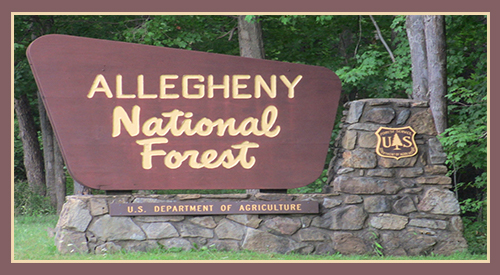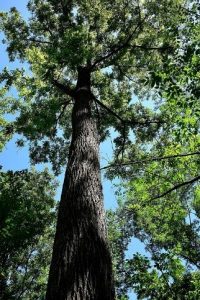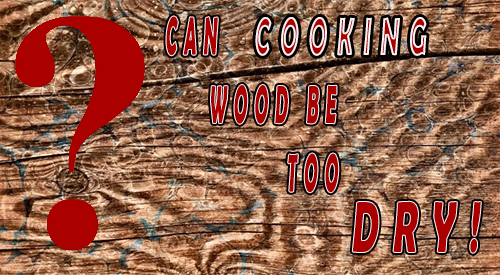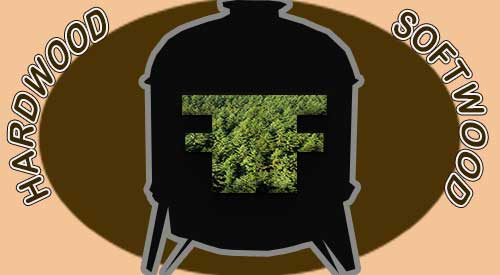Fri 16 Aug 2019
WHAT’S IN THE SMOKINLICIOUS® WOOD CHUNK BOX?
Posted by DrSmokeRead other related stories: General Smoking Information , Hardwood chunks , Smoking wood chunks , Wood Questions
No Comments
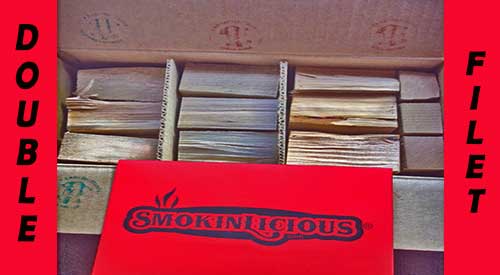
Our double filet box of pristine, NO BARK, hardwood wood chunk for smoking ready for the next customer!
WHAT’S IN THE SMOKINLICIOUS® WOOD CHUNK FOR SMOKING BOX? Share on X

These two questions have been quite common for the 12+ years we’ve been in business. What does a cubic foot box of wood weigh? How many pieces do you estimate are in a cubic foot box of wood?
Due to the regulations imposed by The National Conference on Weights and Measures -Uniform Regulation for the Method of Sale of Commodities, we cannot specify weight on a wood product, even though we are a cooking wood. Instead, when asked about weight, we only provide an estimate clearly stating that wood is not sold by weight due to the variation in moisture level and density of the wood selected.
I can, however, tell you the details that a recent first-time customer posted to an online forum that had me elated!
The Specifics You’ve Asked About Wood Chunk for Smoking
This customer took a lot of time and effort to get to the details about our wood; the packaging and the weight not just of the carton, but of specific select pieces. This customer purchased the Serious Smoker Double Filet Wood Chunk which is our cubic foot carton product with the smallest chunk sizing. We offer an option to select up to 3 wood choices for this carton size, with this customer selecting our 3 most popular hardwoods: Hickory, Sugar Maple, and Wild Cherry.
First, let’s look at this customer’s overall purchase.
Wood Chunk for Smoking- It’s In The Numbers
The packaged hardwood weighed in a 32.5 lbs. A total of 139 pieces of wood were packaged. Of that total, 48 pieces were Wild Cherry, 44 pieces Sugar Maple, and 47 pieces Hickory.
Individual Weights
This customer owns equipment that references specific weight of wood needed to smoke optimally. In this case, just 2-4 ounces of wood is ideal.
Although weights for each of the 139 pieces of wood were not obtained, sufficient sampling was done. Here is what was reported:
- the lowest weight of a Wild Cherry chunk (remember, these are all double filet) was 1.5 ounces and the highest was 4.1 ounces
- lowest weight of a Sugar Maple chunk was 2 ounces and the highest at 5.7 ounces
- lowest weight of a Hickory chunk was 2.8 ounces and the highest at 6.4 ounces
For this equipment user, there was an estimate that 139 pieces of hardwood would provide for some 100 smoking events!
What I loved the most about this report is that it correlates specifically to the density of these 3 hardwoods. Hickory has the highest density of the 3 kinds of wood selected and this is reflected by the weight of the individual pieces sampled. Sugar Maple would be next in density followed by the Wild Cherry, all proven with the reported weights.
What Did You Learn?
Unquestionably, there is a lot of wood chunk pieces in a cubic foot carton! Which means you want to ensure you can use that much wood in a reasonable amount of time to maximize the freshness factor and peak level for function as a smoking wood. Individual pieces will vary in weight even if the dimensions of the pieces are relatively the same. That is the nature of a water-rich material – the water weight influences the overall piece weight.
We are indebted to this customer for taking the time to inform us all of his findings since, by law, SmokinLicious® can’t offer this detail.
We hope you liked this post. We’d love to hear from you so subscribe, comment and follow us on all social media platforms. Keep those suggestions coming for the future information you crave.

More Related reading on “What Wood for Smoking” and other great smoking and grilling tips and techniques
Additional reading:
–HOW MUCH WOOD TO ADD WHEN SMOKING
–BOOST UP THE FLAVOR OF YOUR SMOKER BOX!
–THE ART OF CUSTOMIZING YOUR COOKING EXPERIENCE
Our Products Discussed in this Blog:
Wood Chunks- Double Filet

Dr. Smoke- “Thank you to this great customer for analyzing our box- wood chunk for smoking.”
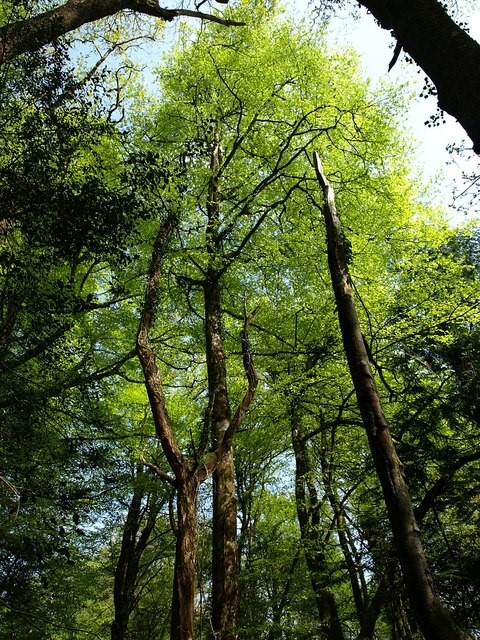

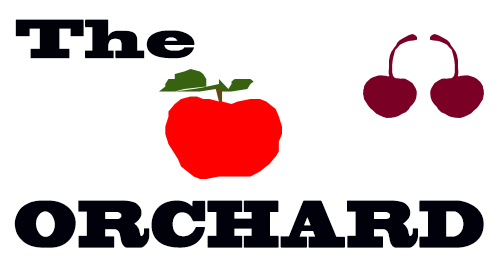

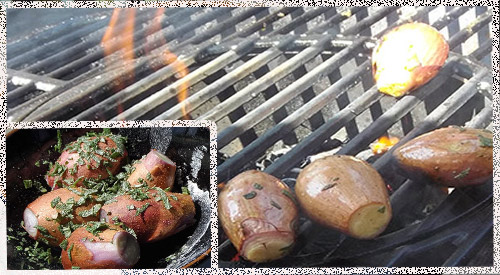

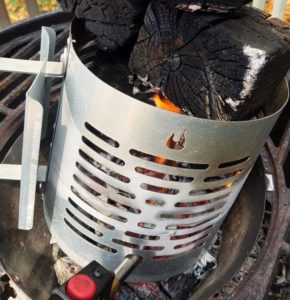
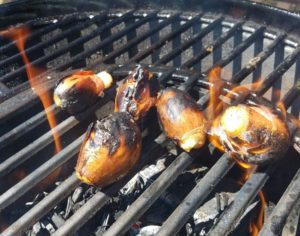
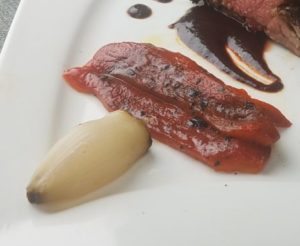
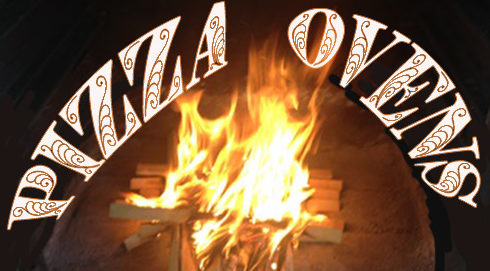
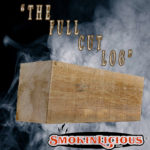
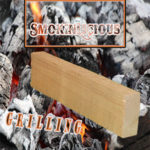
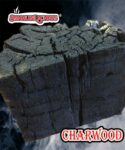
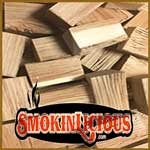


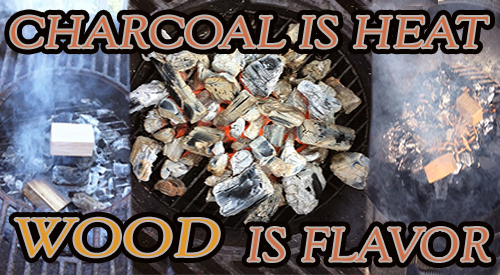

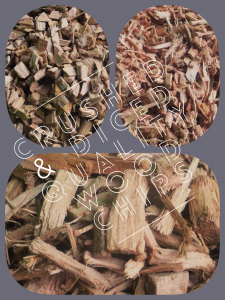


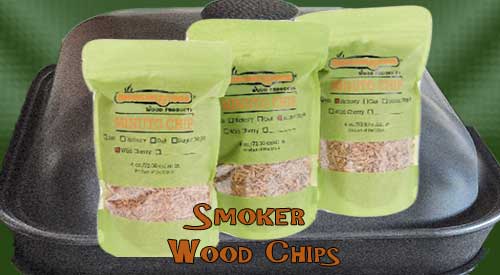
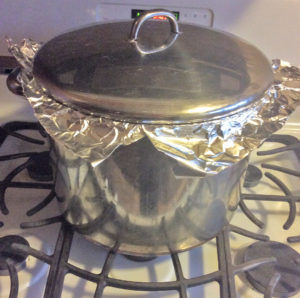
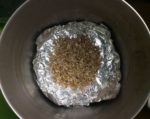
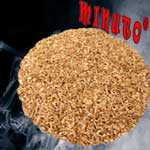 A simple in-house, smoking technique using tools you likely already have in the kitchen! Just think, you stayed warm, dry, and comfortable in your own house while the
A simple in-house, smoking technique using tools you likely already have in the kitchen! Just think, you stayed warm, dry, and comfortable in your own house while the